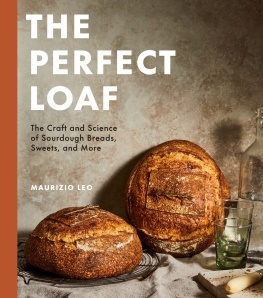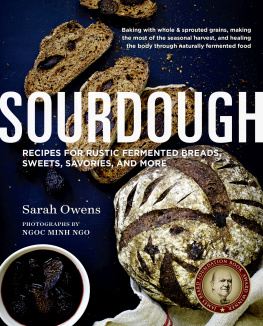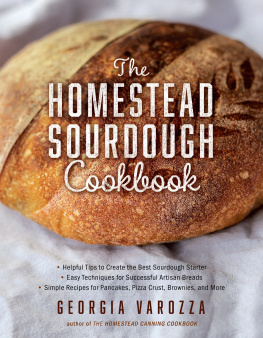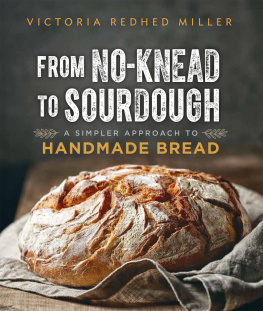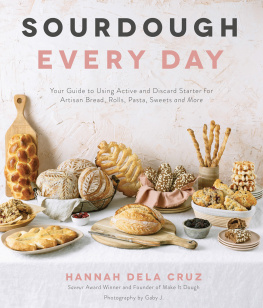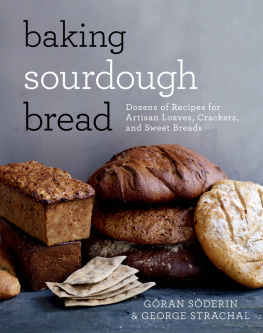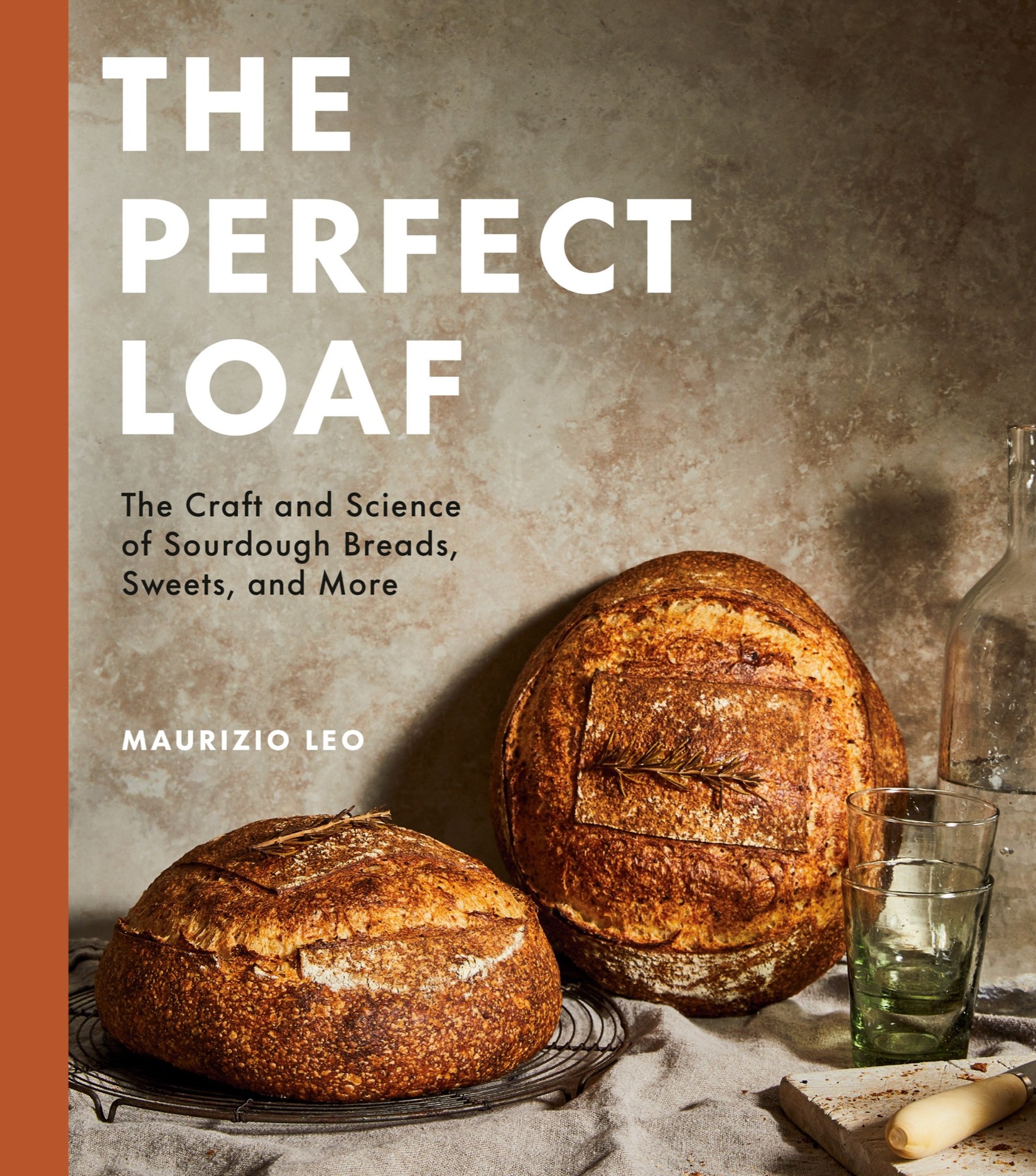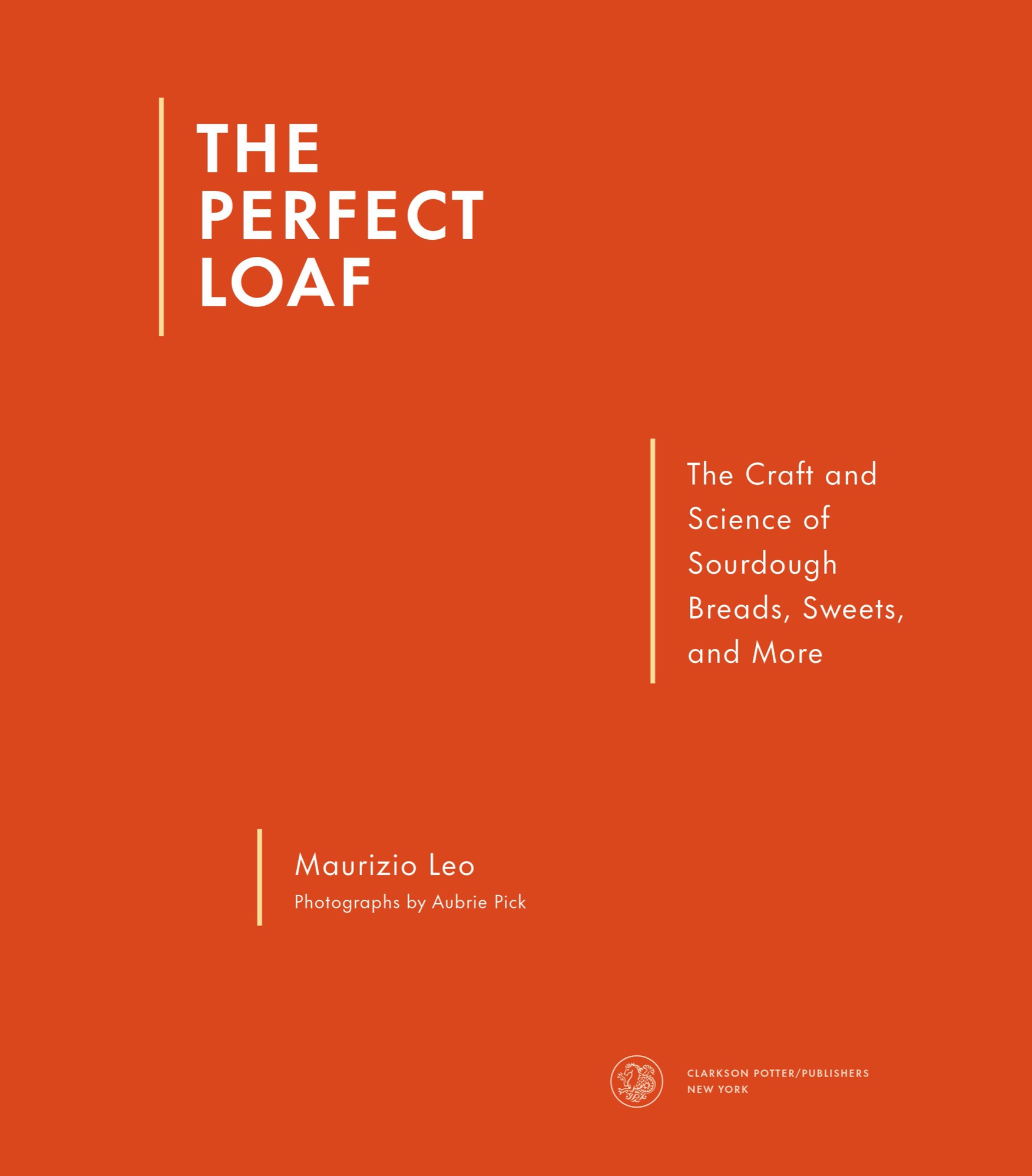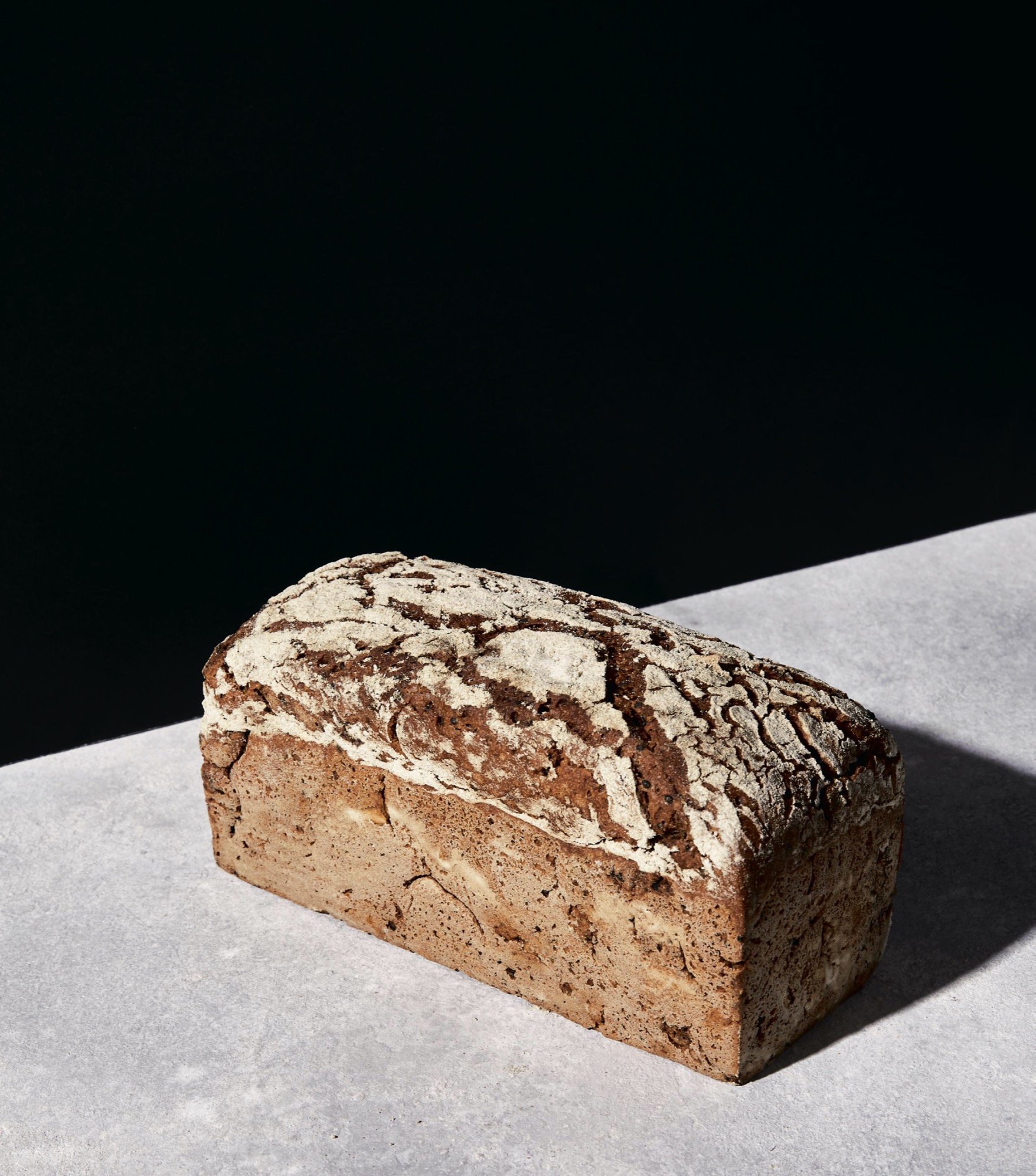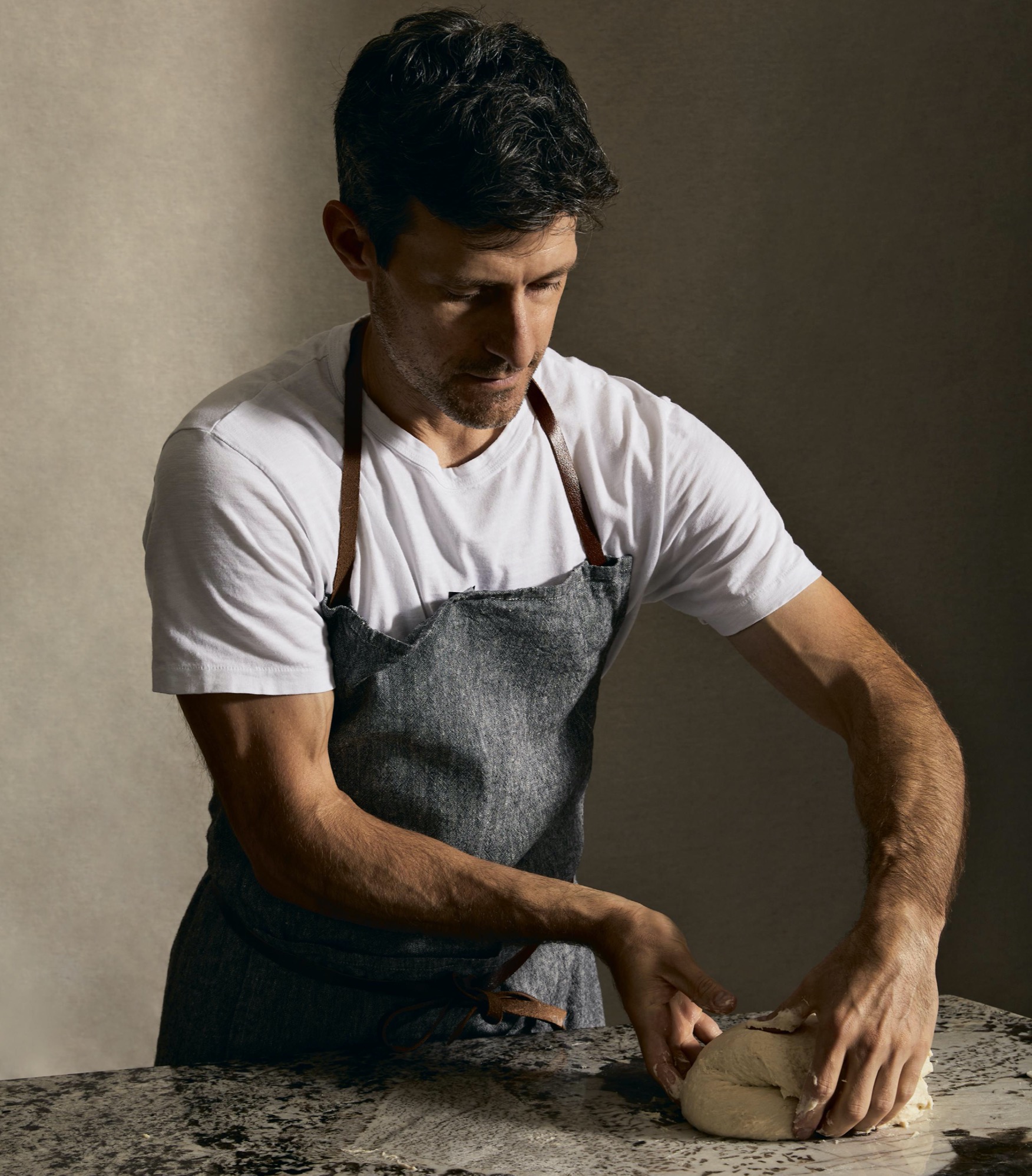Copyright 2022 by Maurizio Leo
Photographs copyright 2022 by Aubrie Pick
All rights reserved.
Published in the United States by Clarkson Potter/Publishers, an imprint of Random House, a division of Penguin Random House LLC, New York.
ClarksonPotter.com
RandomHouseBooks.com
CLARKSON POTTER is a trademark and POTTER with colophon is a registered trademark of Penguin Random House LLC.
Photographs are courtesy of the author.
Library of Congress Cataloging-in-Publication Data is available upon request.
ISBN9780593138410
Ebook ISBN9780593138427
Book Credits
Food stylist: Maurizio Leo
Prop stylist: Claire Mack
Editor: Jennifer Sit
Editorial assistant: Bianca Cruz
Cover and interior designer: Jen Wang
Print production editor: Christine Tanigawa
Print production manager: Kelli Tokos
Compositor: Merri Ann Morrell
Copy editor: Kate Slate
Indexer: Elizabeth Parson
Marketer: Allison Renzulli
Publicist: Erica Gelbard
Ebook Production Manager: Kyle Madigan
Cover photographs by Aubrie Pick
rhid_prh_6.0_141713064_c0_r0
CONTENTS
INTRODUCTION
ITS EARLY MORNING IN MY HOME KITCHEN and, as usual, Im at the counter with my red grain mill loaded with wheat berries. I ready the hand-operated gristmill to produce fresh, fragrant flour for todays dough as sunlight streams in through the windows. I smell the aromas of fresh flour and sourdough starter and feel a familiar mix of anticipation and early morning energy. This ritual kicks off a day structured around fermentation, mixes, folds, and shapes. An opportunity to connect my hands with a tangible output, a pathway for creativity and expression. In todays world of notifications and keyboards and screens, the simple act of dunking my hands into a bowl containing only sourdough, salt, flour, and watersquishing and squeezing to combine the elementary ingredientsis utterly satisfying. A primordial contentment.
Made from three simple ingredients, bread doesnt need to be complicatedthey certainly didnt have a digital thermometer in ancient Rome. The beauty of baking bread is its a craft that can be as deep and complicated as you want it to be. It can be as simple as mixing that handful of ingredients in a bowl, letting it ferment, and then baking it when ready. But it can be complex, too: Just talk to any longtime baker about their starter maintenance or levain builds and youll likely uncover a topic of great passion and intricacy.
As your baking experience increases, your proficiency and knowledge of every facet of the process grow deeper. Over time, even the seemingly smallest details, like what temperature your starter is kept at in the kitchen, or the angle at which you hold your bench knife to preshape dough, can become exciting areas of focus, opportunities for growth, or a chance to test something new. The entire act of baking becomes a playground, a place to satisfy a curiosity or express your creativity, all leading to the enjoyment you feel as you nourish yourself and others. And no matter your experience or your level of rigor, the resulting bread will almost always be delightful.
But what exactly is the perfect loaf? If you talk to ten different bakers, each will furnish a different story. Each will pause in thought, then proceed to talk about the crust, the crumb, the aroma, the flavora laundry list of distinctive qualities that attempt to pin down the loaf they are searching for, the loaf that might finally come out of the oven the next bake. For me, its the loaf that is light in hand with an open interior, a crunchy crust baked dark and menacing that shows all the colors between dark mahogany and light brown. Its bread with just enough sourness from the natural fermentation to make your mouth water, with enough wholesomeness from whole grains to let you know this food is nourishing and honest. This list with these adjectives is constantly unfolding as my skill set evolves and expands, as experiments are performed and lessons learnedan endless pursuit of perfection that begins anew with every mix of flour and water.
In truth, I dont think there is such a thing as a perfect loaf, but rather, its in the work toward that goal where the reward for baking truly lies: The small steps along the winding path, the valuable additions and revelations uncoveredthats where we discover the joy in the smallest of details. The bakers journey is replete with these moments of satisfaction: each time we get our hands dirty mixing flour and water, when were presented with a light and airy dough thats just asking to be shaped, and that moment we pull loaves from the oven that have us gasp in contentment. Sure, there will be missteps along the way, loaves that didnt rise how we wanted (or even at all), ones that tasted uninspiring, others with a dull and inert crust. But in every mix, every shape, every bake, theres a lesson to be learned. And with each lesson, were a step further along our path. The joy is in the process, the discovery, endless exploration, and constant improvement. The result of our toil with fermentation, flour, hydration levels, and doughs of all kinds is the contentment seen on the faces of those with whom we share our bread.
Ultimately, baking sourdough bread is your own personal journey toward the bread you want to bake and enjoy, and this book is the result of my attempt to help you get there.
ABOUT ME, THE OBSESSED SOURDOUGH BAKER
I GREW UP AMID SACKS OF FLOUR, CANS OF tomatoes, artichokes, and black olives, flour on the bench and in the air, the sounds of a giant mixing arm diving, spinning, and churning pizza dough. As a kid in my dads Italian restaurant, everything was something to explore, to taste, to take apart, a chance to learn something new. I was always surrounded by food made by hand, whether it was in our restaurant or at home with my mom and grandmother, making pasta from scratch or polenta like we had in Italy. This early exposure to the joys of cooking and baking stuck with me, even though I ended up going on to get a masters degree in computer science. My engineering degree was in the complete opposite direction from cooking and baking, but it was a place for me to explore and tinker in a different way, appealing to my love of precision, algorithms (theyre recipes, after all), and experimentation.
After nearly a decade of being a software engineer, I serendipitously found my way into baking sourdough bread after reading Chad Robertsons Tartine Bread. His story and description of naturally leavened breadsourdough, a breathing and living thingcaptivated my scientific side and my appreciation for dedicating yourself to a time-honored craft. My baking was further influenced by experts such as Dave Miller (for his use of sourdough, freshly milled flour, and whole grains), Jeffrey Hamelman (whose sheer breadth of baking knowledge and willingness to teach others are inspiring), and Ken Forkish (for writing a pragmatic book for the home baker who is filled with questions and scientific curiosities). These bakers helped evolve my idea of what it means to make real, honest bread. Many of the techniques I use now grew from what I learned from these bakers, and its safe to say my baking wouldnt be where it is today without their instruction and inspirationto them (and many others) I owe my thanks.

